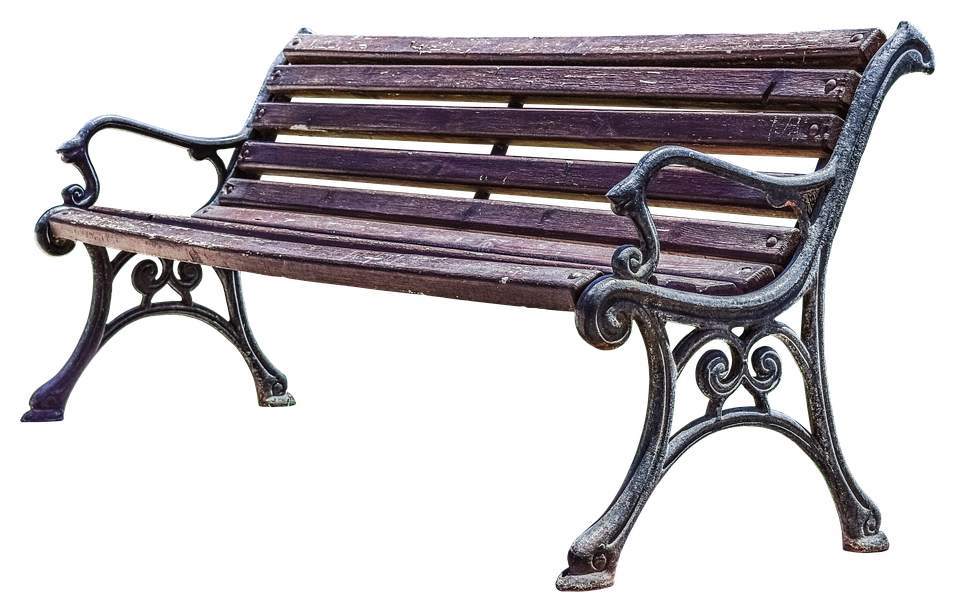Introduction
Creating a beautiful outdoor flower garden can bring joy and serenity to any space.
Whether you have a sprawling backyard or a small balcony, designing and growing a flower garden allows you to connect with nature, express your creativity, and enjoy the splendor of colorful blooms.
In this article, we will explore the essential steps and considerations for designing and growing your own outdoor flower garden.
Choosing the Right Location
The first step in designing an outdoor flower garden is selecting the right location.
Flowers need sunlight to thrive, so choose a spot that receives at least 6 hours of direct sunlight per day.
Consider the sun’s path and any shade patterns caused by nearby trees or buildings.
Additionally, assess the soil quality and drainage in the chosen area, as some flowers have specific soil requirements.
Selecting the Perfect Flower Varieties
Once you’ve determined the location, it’s time to select the flower varieties for your garden.
Consider the climate in your area and choose flowers that are suitable for the prevailing conditions.
Look for a mix of annuals and perennials to ensure continuous blooming throughout the year.
Consider factors like color schemes, height variations, and bloom times to create a visually appealing garden.
Designing Your Flower Garden
The design of your flower garden plays a crucial role in its overall aesthetic appeal.
Consider the size and shape of your garden area, and decide on a layout that suits your preferences.
You can opt for a formal design with symmetrical borders or a more natural, organic arrangement.
Create focal points and pathways to guide the observer’s gaze through the garden, and utilize various textures and heights to add interest.
Preparing the Soil and Planting
Before planting your flowers, prepare the soil to provide optimal growing conditions.
Remove any weeds, rocks, or debris and amend the soil with organic matter like compost or peat moss to improve its texture and nutrient content.
Ensure proper drainage by incorporating sand or perlite if needed.
Follow the planting instructions for each flower variety, considering spacing and watering requirements.
Caring for Your Flower Garden
Maintaining a healthy and vibrant flower garden requires regular care and attention.
Water your plants regularly, providing enough moisture without over-watering.
Apply mulch around the plants to retain moisture, discourage weed growth, and regulate soil temperature.
Regularly inspect your garden for pests and diseases, and take necessary measures to protect your flowers.
Deadhead spent blooms to promote new growth and prolong the flowering period.
Adding Extra Touches to Enhance Your Garden
To create a truly enchanting garden, consider adding additional elements.
Install decorative features such as trellises, birdbaths, or garden sculptures to add visual interest.
Incorporate fragrant flowers to delight your senses, or choose plants that attract butterflies and hummingbirds for a lively atmosphere.
Additionally, you can add outdoor seating or a cozy nook to relax and enjoy your blooming paradise.
Expanding Your Flower Garden
Once you have successfully designed and grown your first outdoor flower garden, you may find yourself eager to expand your floral paradise.
Consider adding new flower varieties, experimenting with different color combinations, or incorporating different garden styles to further enhance your outdoor space.
Continuously learn and adapt your gardening techniques to create an ever-evolving and delightful sanctuary.
FAQs
1. How often should I water my flower garden?
The watering frequency for your flower garden depends on various factors, including the weather, soil type, and specific flower varieties.
As a general guideline, most flower gardens require thorough watering once or twice a week, ensuring the soil is sufficiently moist but not waterlogged.
2. What can I do to prevent pests from damaging my flowers?
To prevent pests from damaging your flowers, regularly inspect your garden for signs of infestation.
Encourage natural predators like ladybugs and maintain a clean garden environment.
You can also use organic or chemical-free pest control methods such as neem oil or insecticidal soap to address specific pest problems.
3. Can I grow flowers in containers or small spaces?
Absolutely!
Flowers can be grown in containers or small spaces, such as balconies or patios.
Choose compact and trailing varieties that suit the available space, utilize vertical gardening techniques with hanging baskets or trellises, and ensure proper watering and care for container-grown plants.
4. How long does it take for flowers to bloom?
The time it takes for flowers to bloom varies depending on the flower variety.
Some annual flowers may bloom within a few weeks of planting, while perennials may take several months or even a year to establish and bloom.
Refer to the specific plant’s growth cycle and average bloom time for a more accurate estimate.
5. Can I grow flowers in a shady area?
While most flowers prefer full sunlight, there are numerous varieties that can thrive in shade or partial shade conditions.
Look for shade-tolerant flowers such as impatiens, hostas, or begonias, and ensure they receive the appropriate amount of indirect sunlight to support healthy growth and blooming.




